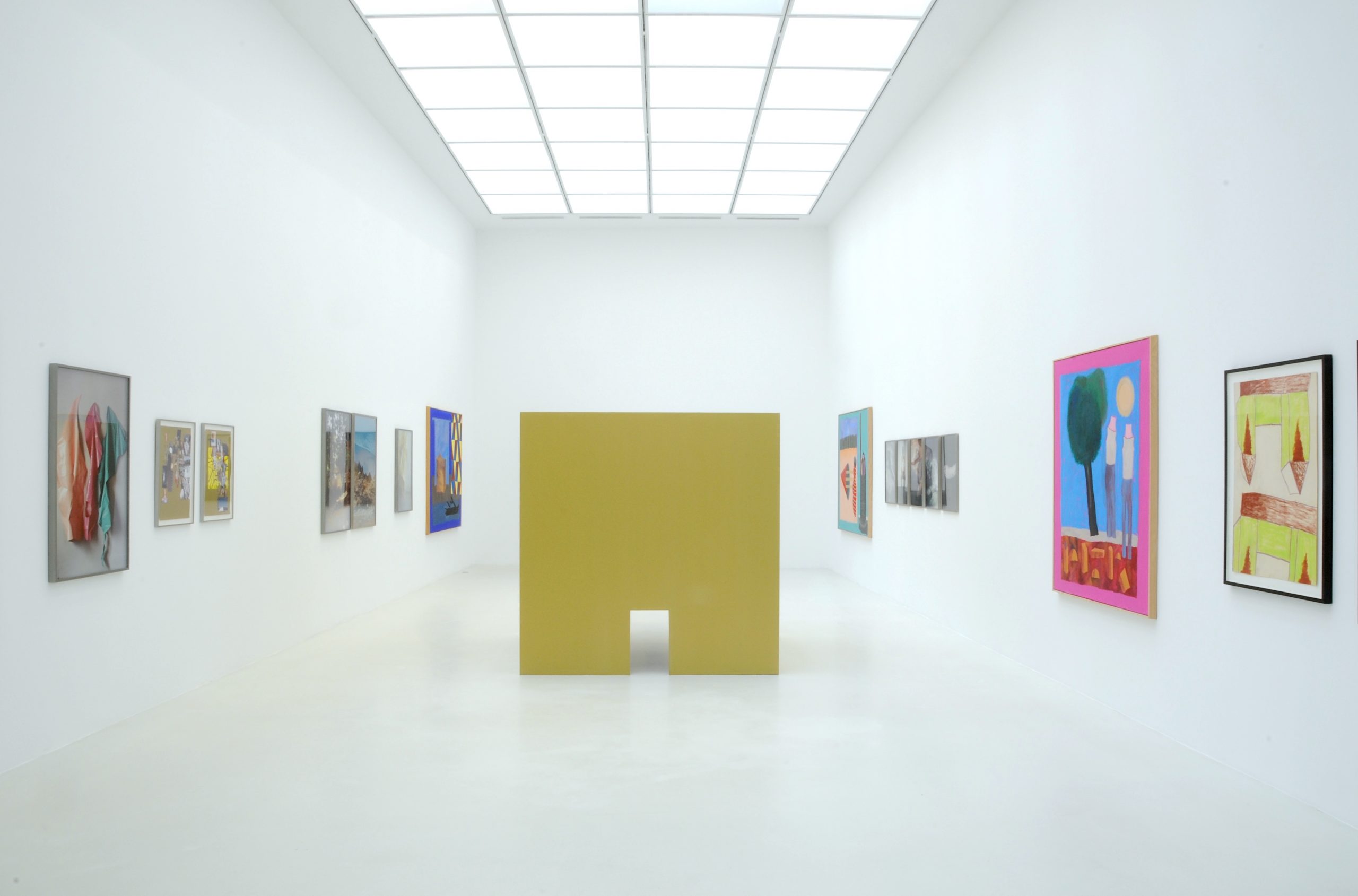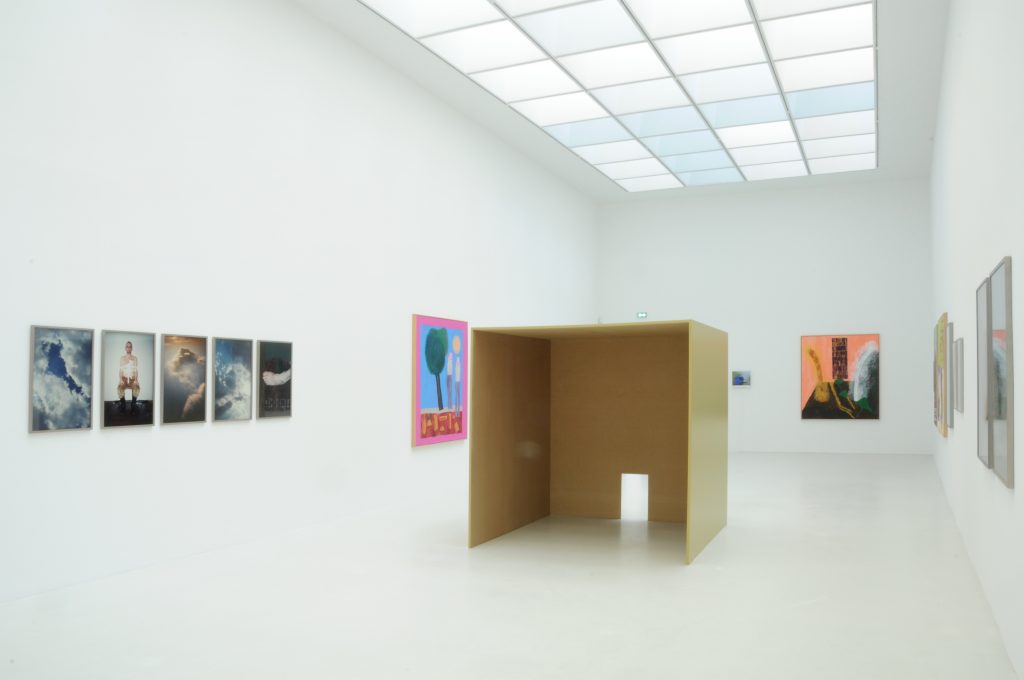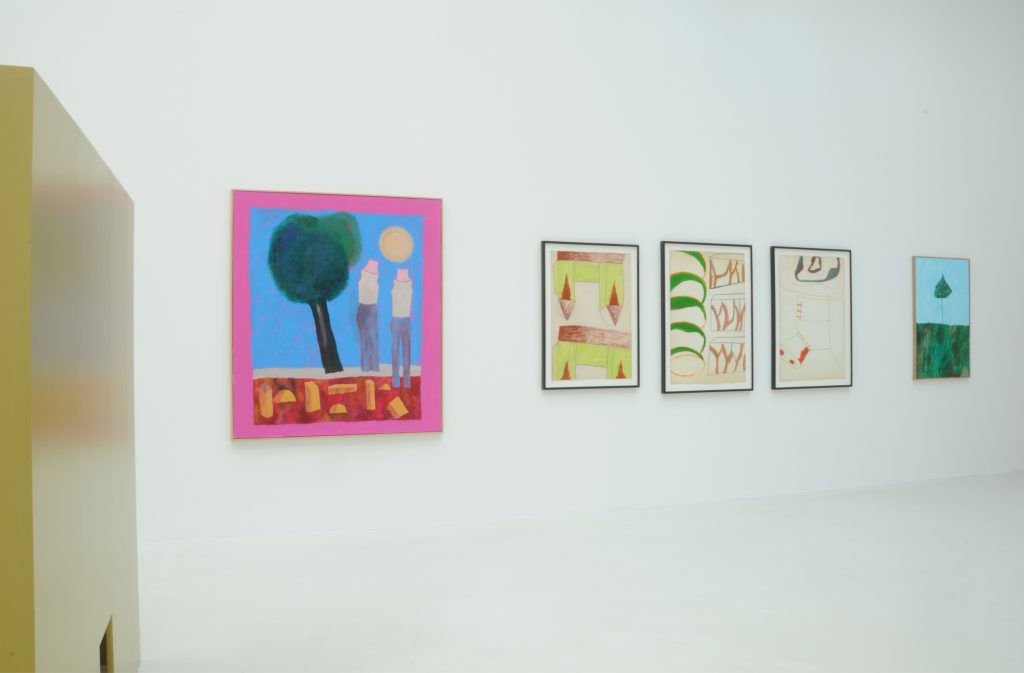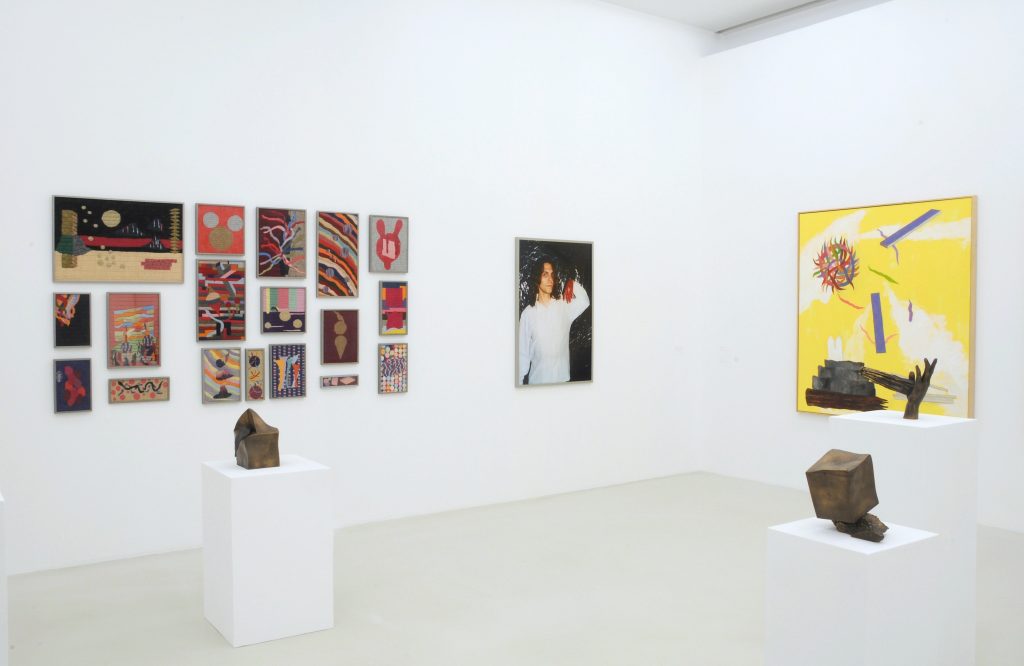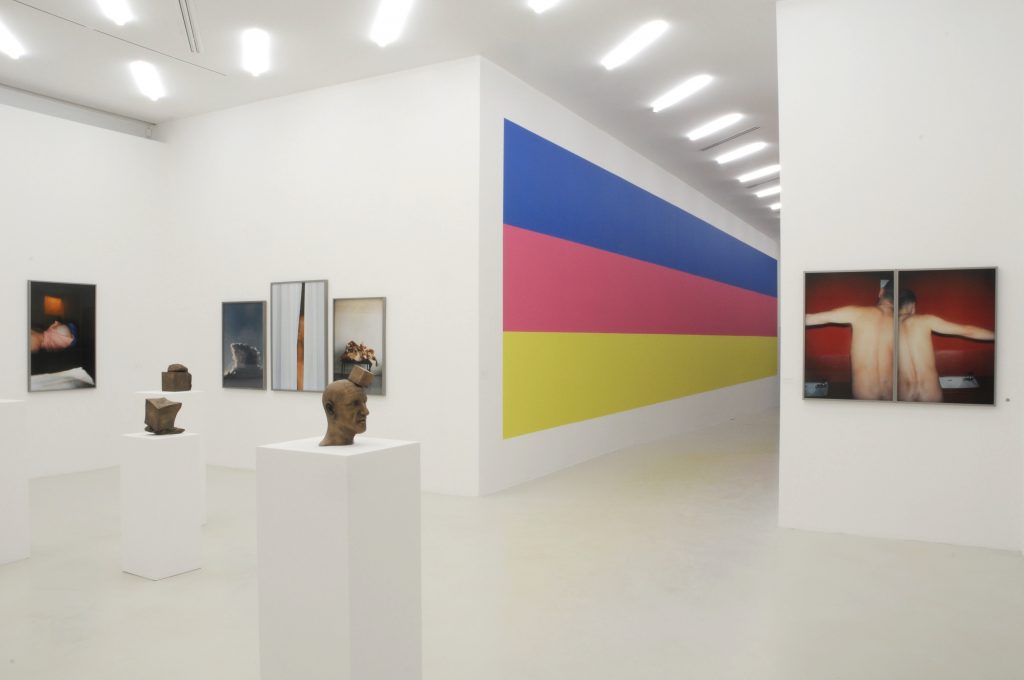Georges Tony Stoll, “The Fate of the Minotaur”
In Spring 2022, the Collection Lambert will devote a great solo exhibition to French artist Georges Tony Stoll.
Invited to display his work in all the rooms of the Hôtel de Montfaucon’s ground floor, the artist invents a hybrid world where photographs, drawings, sculptures, paintings on canvas or on wool, sound artworks and videos represent as many perceptible elements essential to unfold this “territory of abstraction” dear to Georges Tony Stoll and in which we find ourselves embarked by his side, as the free adventurers of an undoubtedly commonly shared experience.
Room after room, picture arrangements intertwine, where objects and bodies populate strange formal sceneries, as held in the balance between dissolution and resolution.
Suspended in time, yet they appear to us here and now, uncompromising playing fields where our relationships to time and space are being invented. We recognise them, marvelled and vulnerable, as myths buried in limbo, brought to life by the artist as possible narratives we should absolutely embrace.
Over the mixings and the echoes forged between the elements in presence, is emerging what could actually constitute “the unique matter from which all the bodies would stem from” to quote the artist, a true absolute the exhibition invites us to quest for and through which we will get to meet ourselves.
The Fate of the Minotaur significantly draws on the artist’s last thirty years of creation in a non-chronological order to create an unprecedented situation in which multitudes of images and narratives imagined by Georges Tony Stoll spread out and of which the visitors become the new keepers. The title evokes these heroic lives experienced since the dawn of time, while the tragic and glowing fates drawn from Ancient Greece’s stories pervade between the lines. It reminds us of Frédéric Mistral’s Camargue, home to a cult of the Toro which Picasso conveyed to set up his own mythology as of the 1930s and execute some of his iconic works to which Georges Tony Stoll confronted at a young age while working as a guard at the Cantini Museum in Marseille. He invites non-conformist figures, worthy heirs to a certain monstrosity transfigured by The Songs by Lautréamont, which currently populate Kae Tempest’s essays.
Curator : Stéphane Ibars

